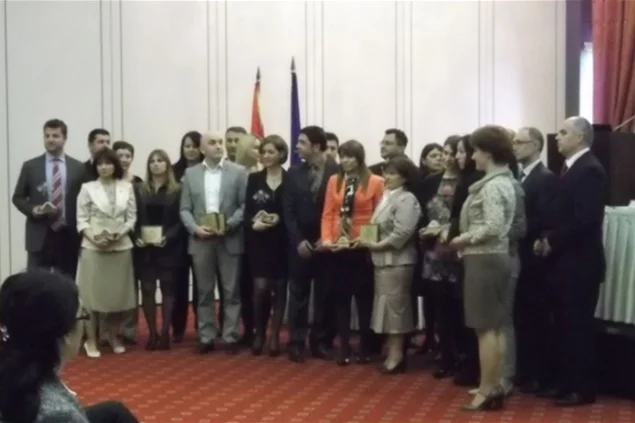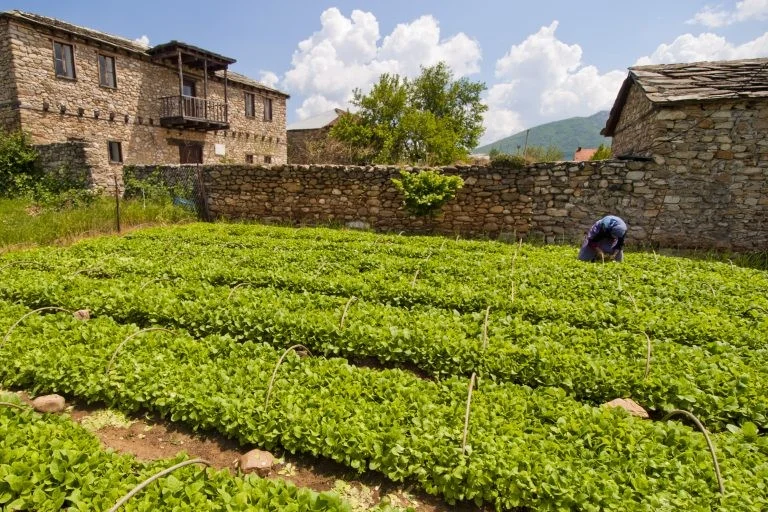The Case of Sustainability in Macedonian Fashion
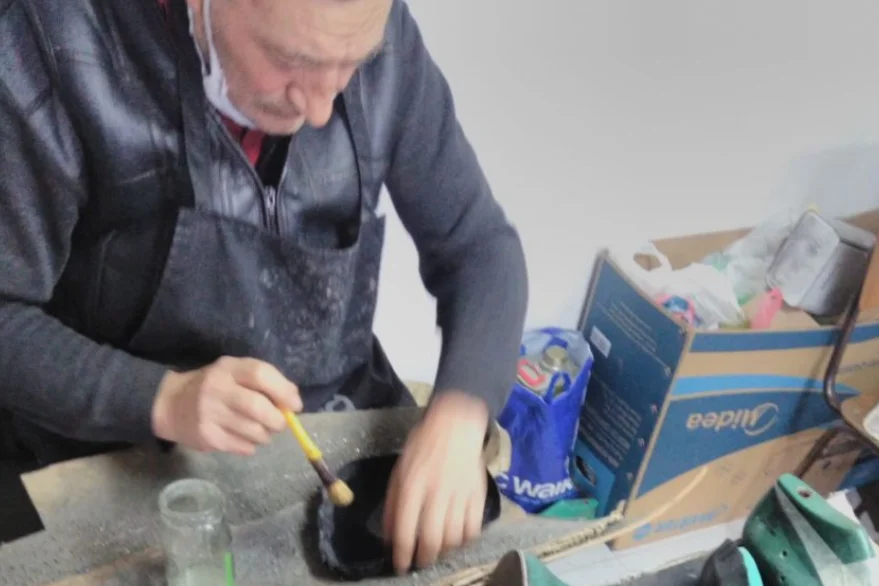
Times Are Changing: The Impact on Fashion
Times are changing rapidly and unexpectedly. Societies shift as historic events unravel before the world’s eyes. As consumer needs evolve, fashion must keep pace, reflecting social and economic transformations.
Eighty-eight percent of consumers now want fashion that supports the environment. Awareness of the industry’s impact on climate change has increased, leading to a shift from fast fashion to sustainable fashion. Many in the industry claim to follow ethical and sustainable practices. If these claims hold true, the fashion industry could shed its reputation as one of the biggest polluters.
However, the gap between “preaching” and practicing remains evident to both consumers and industry insiders.
The Macedonian Fashion Industry
Textile Factories vs. Fashion Designers
In contrast to its heyday in the 1970s during socialist Yugoslavia, Macedonia’s textile industry is struggling. Garment production facilities in the country serve as alternatives to Asian cheap labor, relying on substantial orders from European brands. Over a thousand factories, many concentrated in Stip, operate under substandard conditions. Workers face unethical practices, including wages below the legal minimum. These factories also produce mass-market clothes for local stores, a minor portion of their annual revenue.
The global shift toward sustainability seems to bypass these factories entirely. Workers endure harsh conditions, and the industry remains largely untouched by ethical reforms.
In Skopje, a stark contrast emerges. The capital boasts a glamorous fashion scene dominated by wealthy womenswear designers. These designers often market their work as sustainable, but whether this reflects reality or serves as a marketing tool remains debatable.
Sustainability Challenges for Designers
Macedonian fashion designers typically operate on-demand business models with small-scale, handmade, or commission-based production. The local textile factories are ill-equipped to meet the high-end standards of these designers, limiting scalability.
The COVID-19 pandemic pushed many designers to produce mass-market clothes at lower price points to cater to changing lifestyles. Unfortunately, this shift often compromised their sustainability and ethical practices.
Sustainable Fashion Practices
Macedonian fashion designers, diverse in their aesthetics and business models, generally adhere to sustainable practices. They use dead-stock fabrics, limit production, and treat employees ethically. Brands like Ludus, which use 100% natural fabrics, set an example for others.
Efforts like Slowscapes, a showroom uniting sustainable Macedonian fashion and design, highlight the growing movement toward environmental responsibility.
Reviving Macedonian Craftsmanship
Macedonian designers could draw inspiration from the country’s crafts heritage. Traditional handcrafts, in decline since industrialization, could be transformed into high-end, contemporary products. Integrating local craftsmanship into fashion businesses offers unique, sustainable opportunities.
Hand-knitting, a waste-free and easily recyclable technique, represents another sustainable avenue. Few knitwear brands exist in North Macedonia, but designers could explore partnerships with local wool producers and skilled knitters.
Conclusion
The future of Macedonian fashion lies in blending sustainability with local heritage. Designers must embrace transparency, controlled production, and traditional techniques to build client trust.
At the same time, the onus of addressing sustainability issues should shift from small designers to mass-market clothing producers and wealthy Macedonian brands. Globally, luxury fashion groups and high-street brands must prioritize ethics and transparency over profits to prevent further environmental destruction.
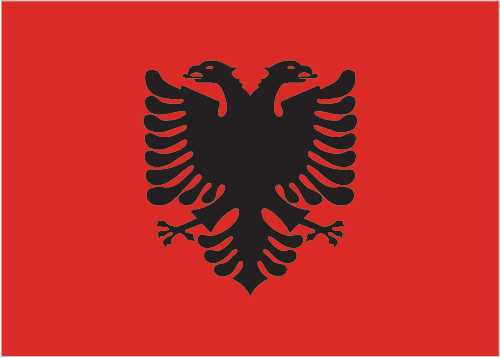 Albania
Albania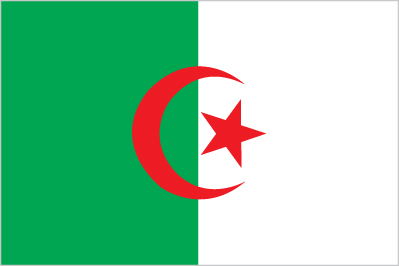 Algeria
Algeria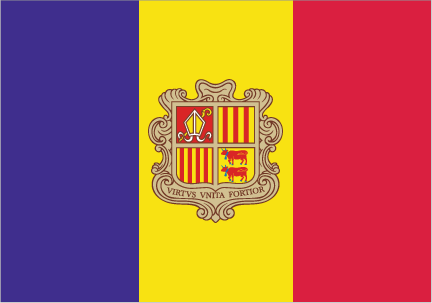 Andorra
Andorra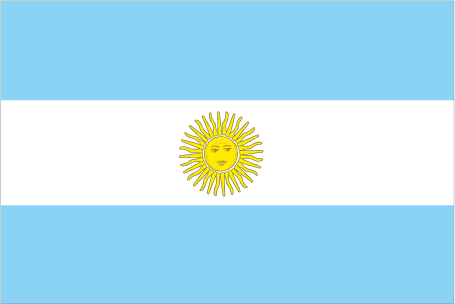 Argentina
Argentina Armenia
Armenia Australia
Australia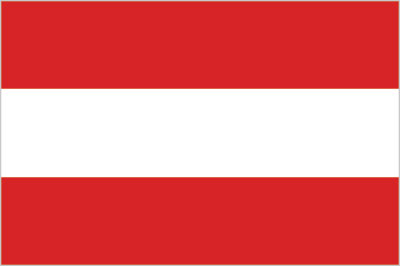 Austria
Austria Azerbaijan
Azerbaijan Bahrain
Bahrain Belgium
Belgium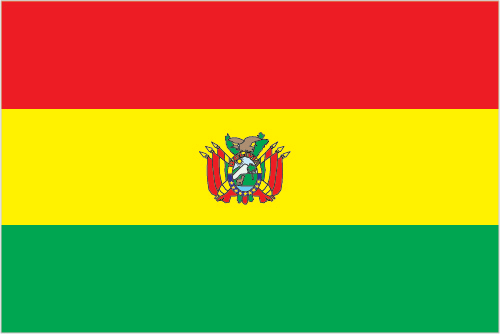 Bolivia
Bolivia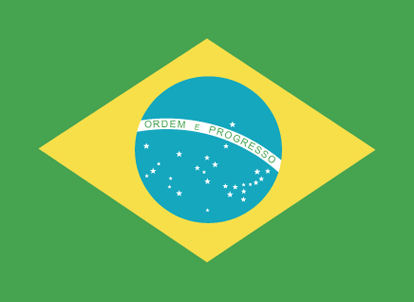 Brazil
Brazil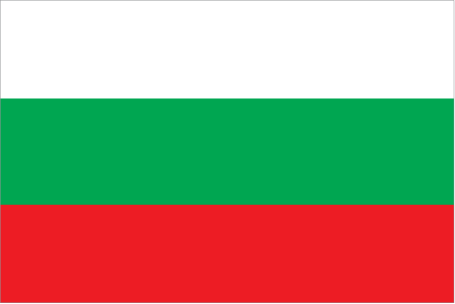 Bulgaria
Bulgaria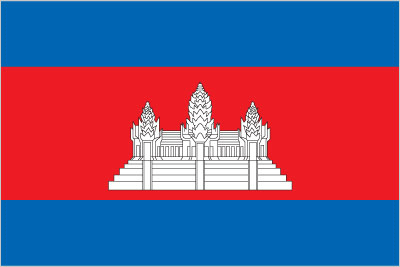 Cambodia
Cambodia Cameroon
Cameroon Canada
Canada Chad
Chad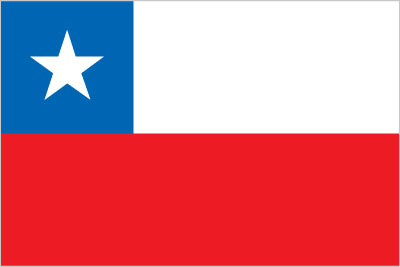 Chile
Chile China
China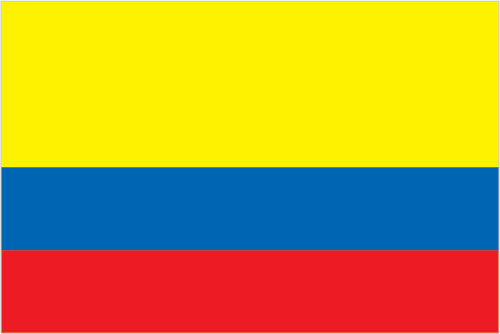 Colombia
Colombia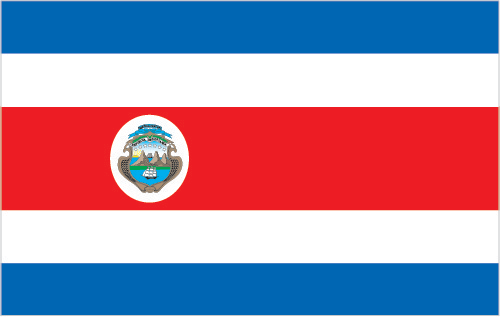 Costa Rica
Costa Rica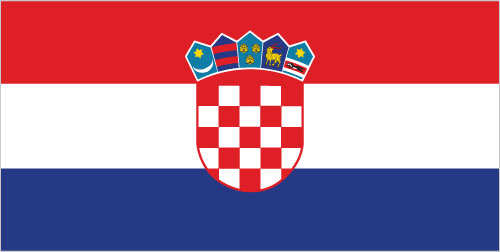 Croatia
Croatia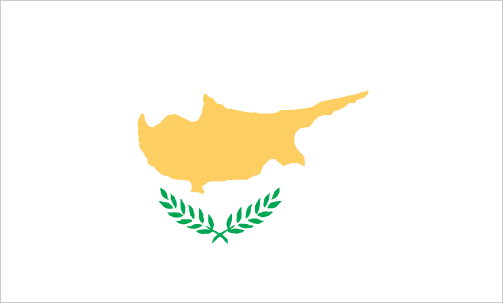 Cyprus
Cyprus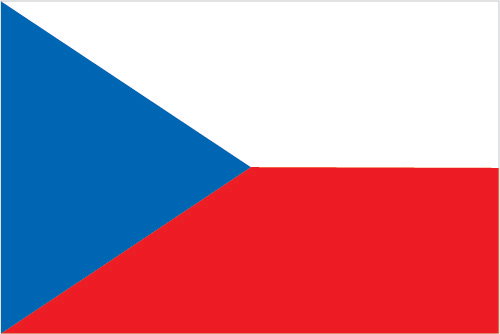 Czechia
Czechia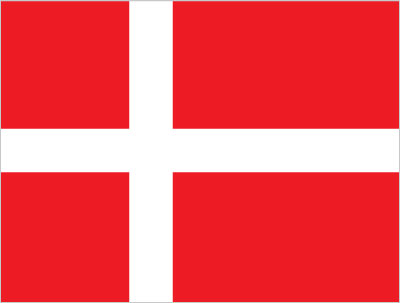 Denmark
Denmark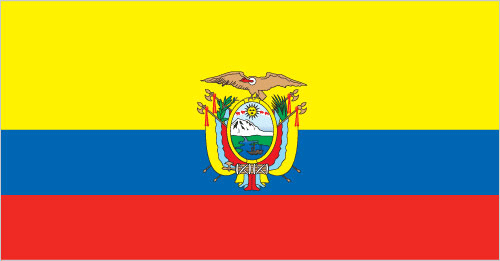 Ecuador
Ecuador Egypt
Egypt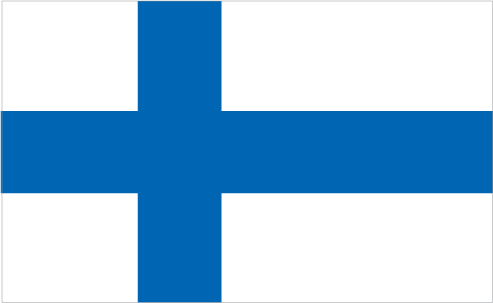 Finland
Finland France
France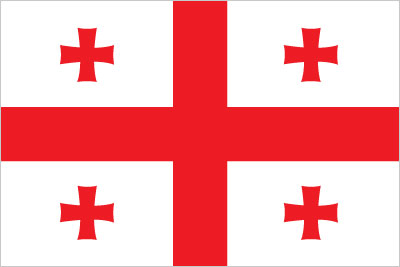 Georgia
Georgia Germany
Germany Ghana
Ghana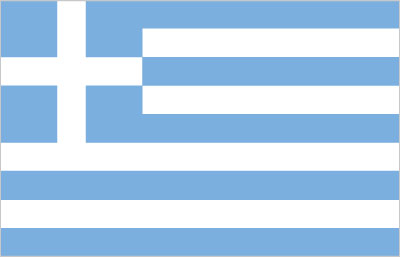 Greece
Greece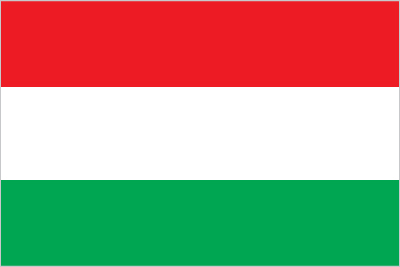 Hungary
Hungary Iceland
Iceland India
India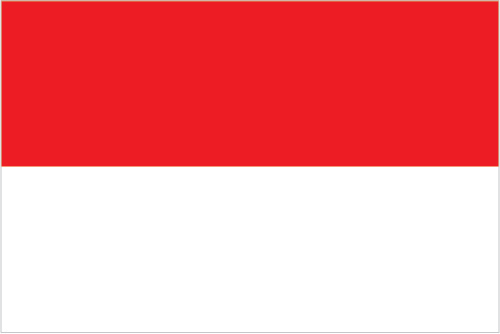 Indonesia
Indonesia Ireland
Ireland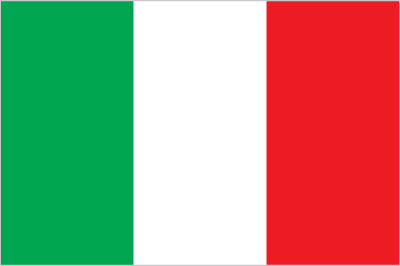 Italy
Italy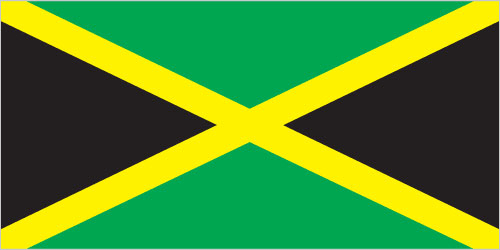 Jamaica
Jamaica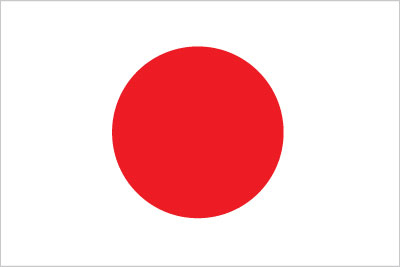 Japan
Japan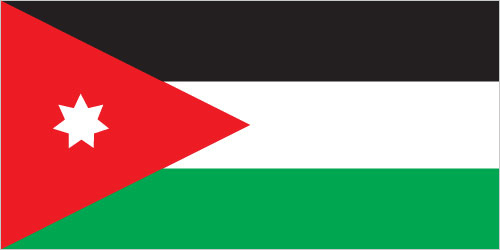 Jordan
Jordan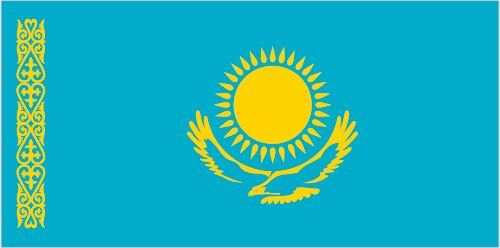 Kazakhstan
Kazakhstan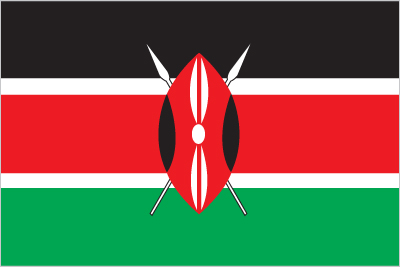 Kenya
Kenya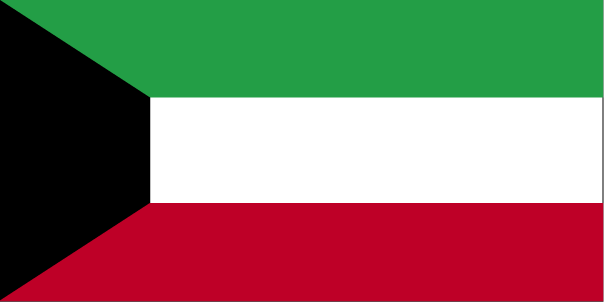 Kuwait
Kuwait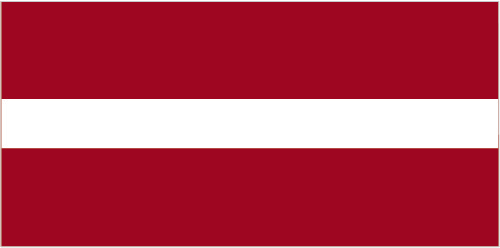 Latvia
Latvia Lebanon
Lebanon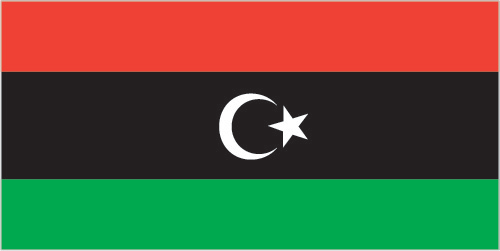 Libya
Libya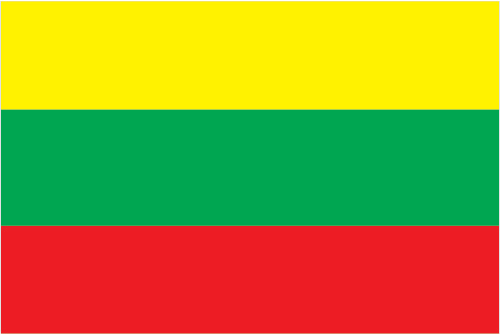 Lithuania
Lithuania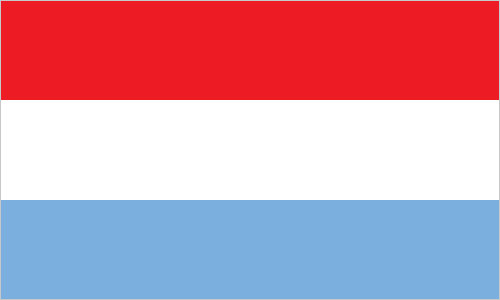 Luxembourg
Luxembourg Malaysia
Malaysia Maldives
Maldives Mali
Mali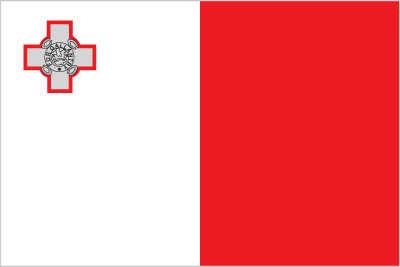 Malta
Malta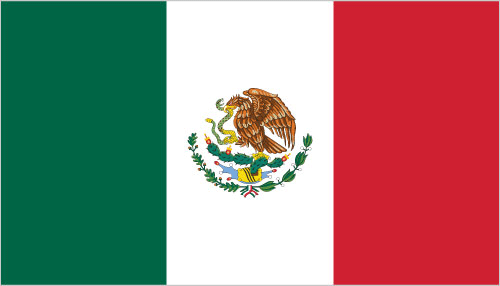 Mexico
Mexico Moldova
Moldova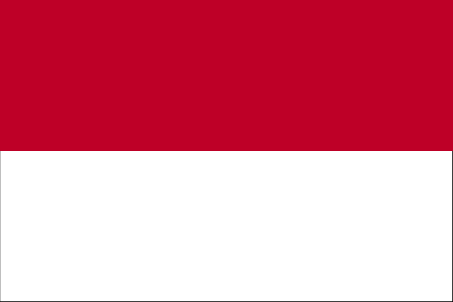 Monaco
Monaco Morocco
Morocco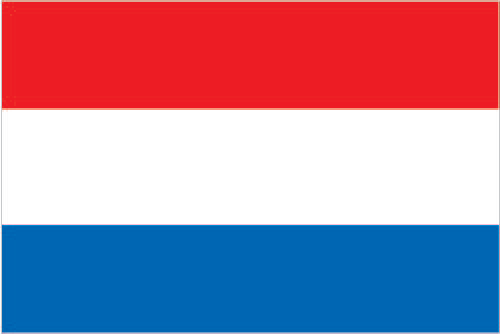 Netherlands
Netherlands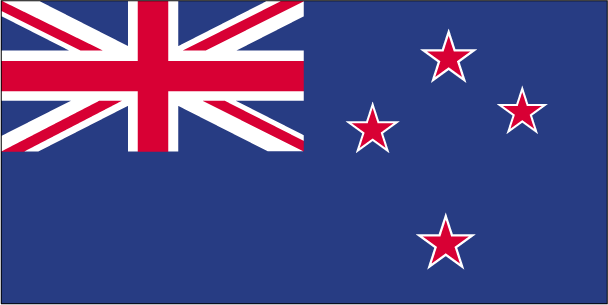 New Zealand
New Zealand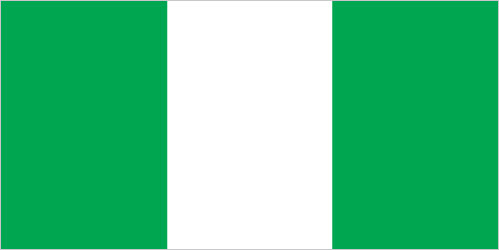 Nigeria
Nigeria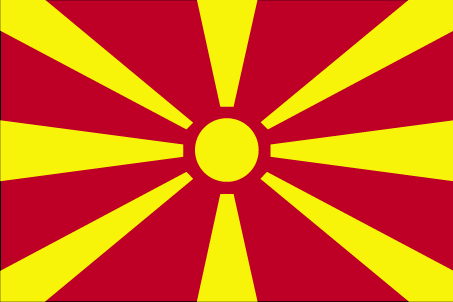 North Macedonia
North Macedonia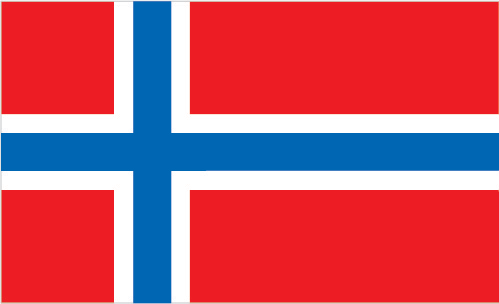 Norway
Norway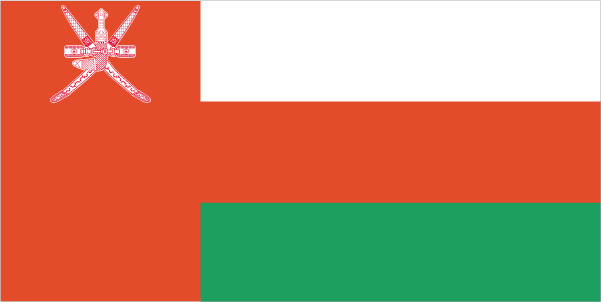 Oman
Oman